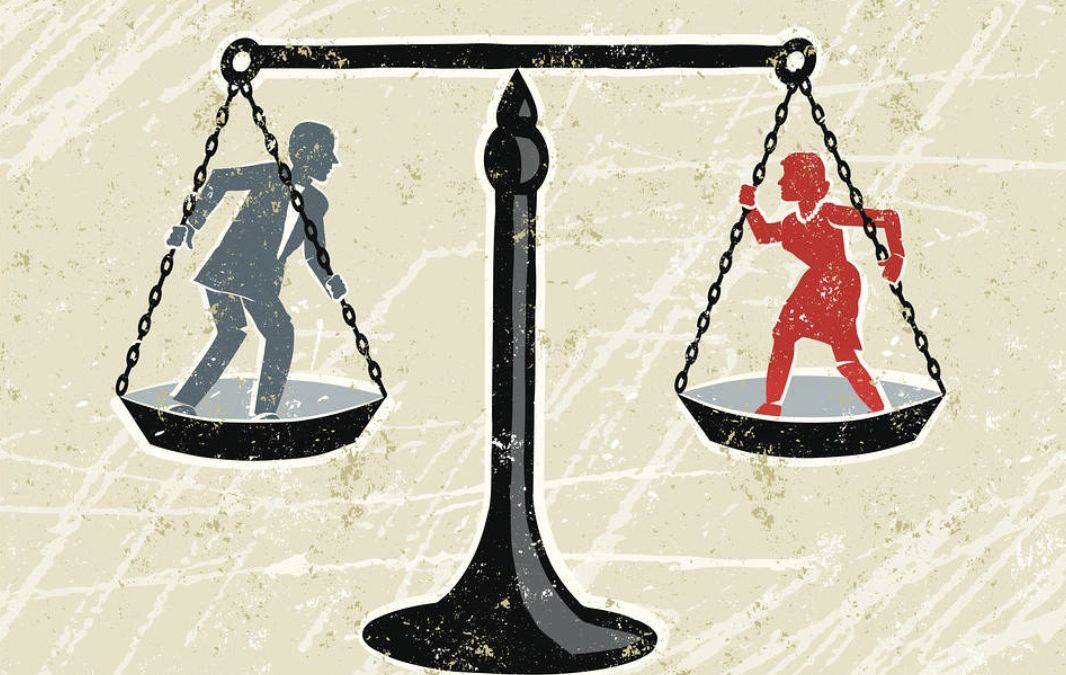There is so much information around on the pay gap between women and men. Famous people are talking about it and studies are being released. This important question has many answers depending on where you look. All sources point to it improving (lessoning) since the 70’s but not getting even.
Where does this all start? How does this happen? Deeper conversations are needed, however, a recent coaching experience uncovered a surprising reason for me. In working with a male client a discussion came up about his wife’s business and her issues with pricing. She worked very hard on her products and had great pride in them. When it came time to sell them, she invariable would sell for less than it cost her to make them or give them away. Through this coaching conversation it was brought out that the women had spent the majority of her working career caring for her family. Her value was determined from the work she did in her house and with her kids. She did not earn money for this. Her value was emotional not monetary. Although I am sure, this is not the biggest discovery for the wage gap, it really piqued my interest. I have definitely have gaged my worth in some very non-monetary manners. How does this play in to my ability to price my services? What part of the wage gap is linked to this traditional female care taker role? How do we adjust, and ask for our true market worth for services or salary, as most families need to have two incomes to support their families?
Personal perceived value may get in the way with pricing. When pricing a product or service, especially for women, several key factors should be addressed before the traditional pricing process is undertaken. This new pre-process should begin with a look at a person’s past value determination. Have they spent a lot of time working for non-monetary reward? Have they been financially rewarded for their past efforts? As with my client, here is the time when values and hidden thoughts on personal value and money can be uncovered and shifted. Some items discovered in this process may need further work and action plans. Your current boss may not react well if you come in and tell him that just because you raised three kids for free doesn’t mean he shouldn’t pay you $100,000 a year! Action plans can be developed to address whatever issues are discovered to get to a truer value. This pre-process can make the more traditional pricing processes much more powerful. When we base our prices on more measurable pieces, like the market price (what the market will bear) after debugging our perceived personal worth and its pitfalls women will be on the right track to equal pay and profitability. Win, win right?


Recent Comments